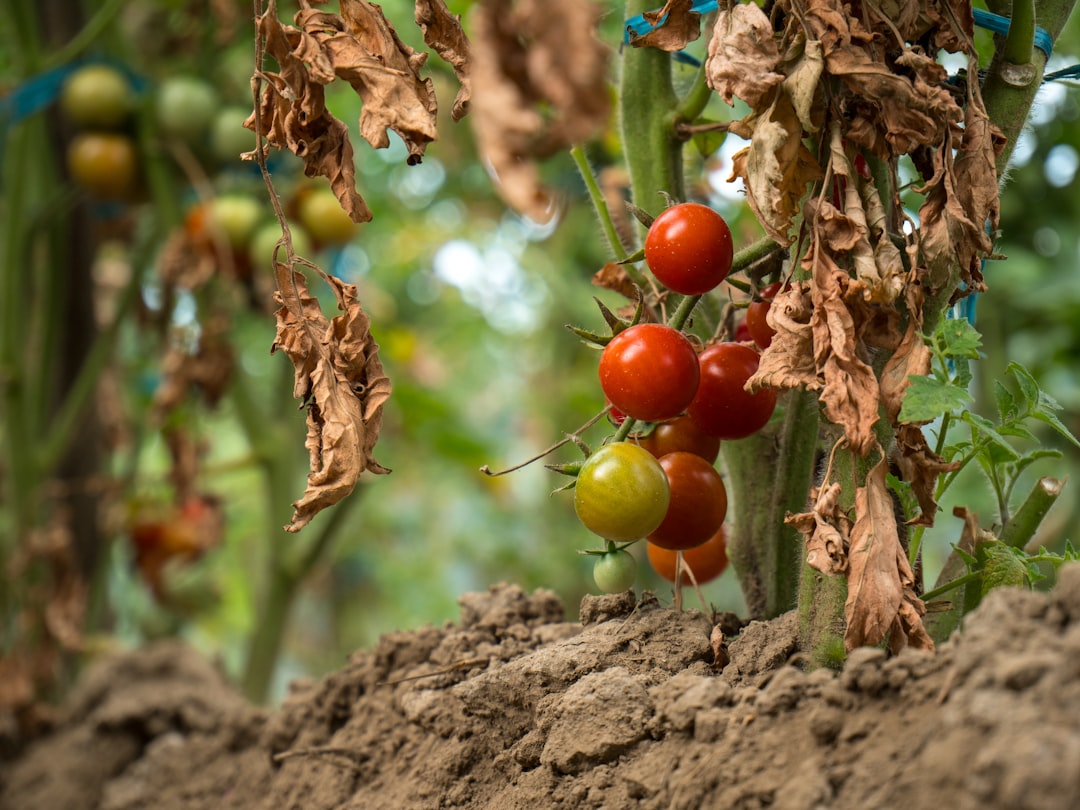The Art of Pruning Butterfly Bushes for Optimal Blooms

Butterfly bushes, with their vibrant flowers and ability to attract butterflies, are a beloved addition to many gardens. However, to keep them healthy and blooming profusely, proper pruning is essential. In this article, we'll explore when to prune a butterfly bush and how to make the right cuts to tame this fast - growing shrub and enjoy more flowers.
### Understanding the Butterfly Bush
Before delving into pruning, it's important to understand the nature of the butterfly bush. Scientifically known as Buddleja davidii, it is a deciduous shrub that can grow quite rapidly. Its long, arching branches are adorned with clusters of small, tubular flowers that come in a variety of colors, such as purple, pink, white, and yellow. The bush is a magnet for butterflies, hence its common name.
### When to Prune
The ideal time to prune a butterfly bush depends on your climate. In general, there are two main pruning times: late winter or early spring and after the first flush of blooms.
Late Winter or Early Spring
In regions with cold winters, pruning in late winter or early spring is recommended. This is when the plant is still dormant. Pruning at this time encourages new growth and helps shape the bush. Wait until the worst of the winter cold has passed but before new buds start to swell. By pruning during dormancy, you reduce the risk of damage to new growth from late frosts.
After the First Flush of Blooms
For a second wave of blooms, you can prune the butterfly bush after the first flush of flowers has faded. This is usually in mid - summer. Removing the spent flower clusters, a process known as deadheading, redirects the plant's energy from seed production to new growth and flower formation.
### How to Prune
Tools
You'll need a few essential tools for pruning a butterfly bush. A sharp pair of pruning shears is a must for cutting small branches. For thicker branches, loppers may be required. Make sure your tools are clean and sharp to make clean cuts and prevent the spread of diseases.
Pruning Cuts
Removing Dead or Damaged Branches
Start by removing any dead, diseased, or damaged branches. These branches not only detract from the appearance of the bush but can also harbor pests and diseases. Cut them back to the base of the branch or to a healthy lateral branch.
Shaping the Bush
To shape the butterfly bush, you can cut back the branches to control its size and form. Aim to create an open, vase - shaped structure. This allows for better air circulation and sunlight penetration, which are crucial for the plant's health. You can cut the branches back by about one - third to one - half of their length.
Deadheading
When deadheading, look for the spent flower clusters. Cut them off just above a set of healthy leaves or lateral buds. This encourages new growth and the development of new flower buds.
### After - Pruning Care
After pruning, it's important to provide proper care for the butterfly bush. Water the plant thoroughly to help it recover from the stress of pruning. You can also apply a balanced fertilizer to promote new growth. Mulching around the base of the bush helps retain moisture and suppress weeds.
### Common Mistakes to Avoid
Over - Pruning
While pruning is beneficial, over - pruning can be harmful. Avoid cutting the bush back too severely, especially in one go. This can shock the plant and reduce its ability to produce flowers.
Pruning at the Wrong Time
Pruning at the wrong time can also have negative consequences. Pruning too early in the fall may expose the plant to cold damage, while pruning too late in the spring may remove potential flower buds.
In conclusion, pruning a butterfly bush is a simple yet important task that can greatly enhance the health and beauty of the plant. By following the right timing and techniques, you can enjoy a profusion of colorful flowers and a thriving butterfly - attracting shrub in your garden for years to come.